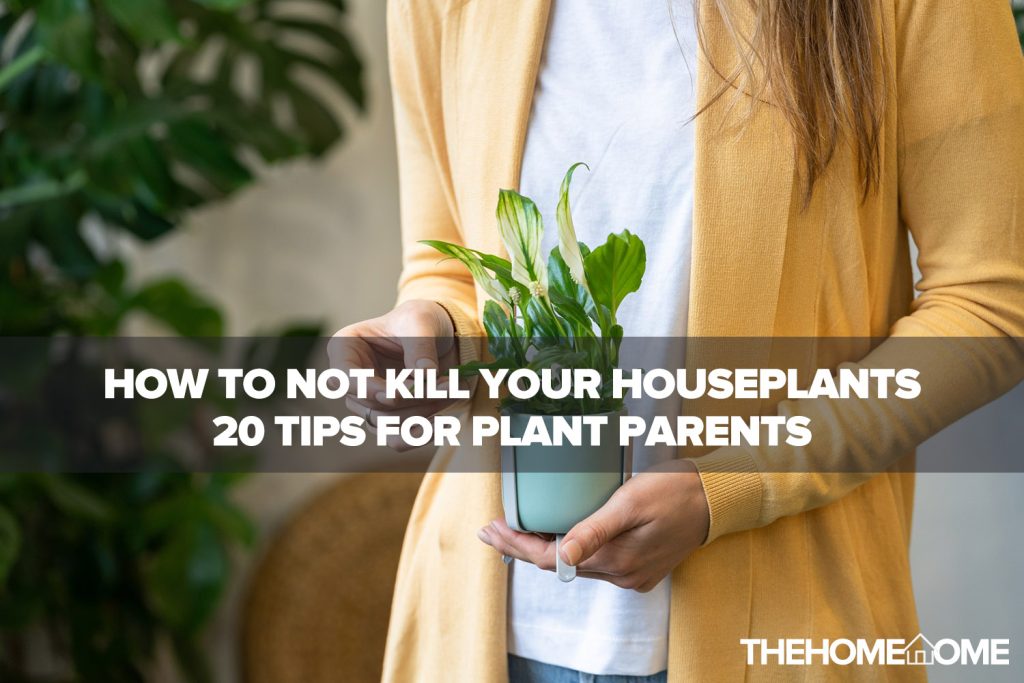There are no rules to raising healthy houseplants but there are tips that can guide you. It is one thing to bring home plants that are easy to care for, it is another thing entirely to make sure its growth is not stunted or worst killed. To master the art of being a plant parent, you have to learn what your plant needs and also ensure it gets the right nutrient when it should.
You will be surprised how difficult some houseplants are to kill when armed with their right info.
Some things every houseplant has in common are their basic needs like watering, sunlight, temperature, humidity, and more. The basic needs of some houseplants are pretty easy and they will thrive even when neglected while some houseplants are very fussy and will die from lack of water or too much watering.
Not everyone has a green thumb when it comes to maintaining plant health. Do not be fooled by a plant’s delicate appearance, it might be able to withstand neglect and it does apply to some hardy plants as well, they might need some care.
Before you insist on getting that gorgeous plant you saw on Amazon, you need to be sure you know what is suited for it and the way to know this is to make proper research and evaluate what its needs are.
However, that is not the only way to guarantee healthy plants. So, this article contains 20 tips that can help every plant parent.
NEW: Why Is My Dwarf Umbrella Tree Dying?
How Not to Kill Your Houseplants For Plant Parents
There are lots of things that can kill your plants, some of which include pests, diseases, water, and sunlight. Indoor plants can brighten up your home decor and one way you can avoid not killing them is to know what their basic needs are and how to provide them.
We have listed 20 explanatory tips below and these will give you the knowledge you need to not kill your houseplants.
1. Purchase Plants That Do Well Indoor
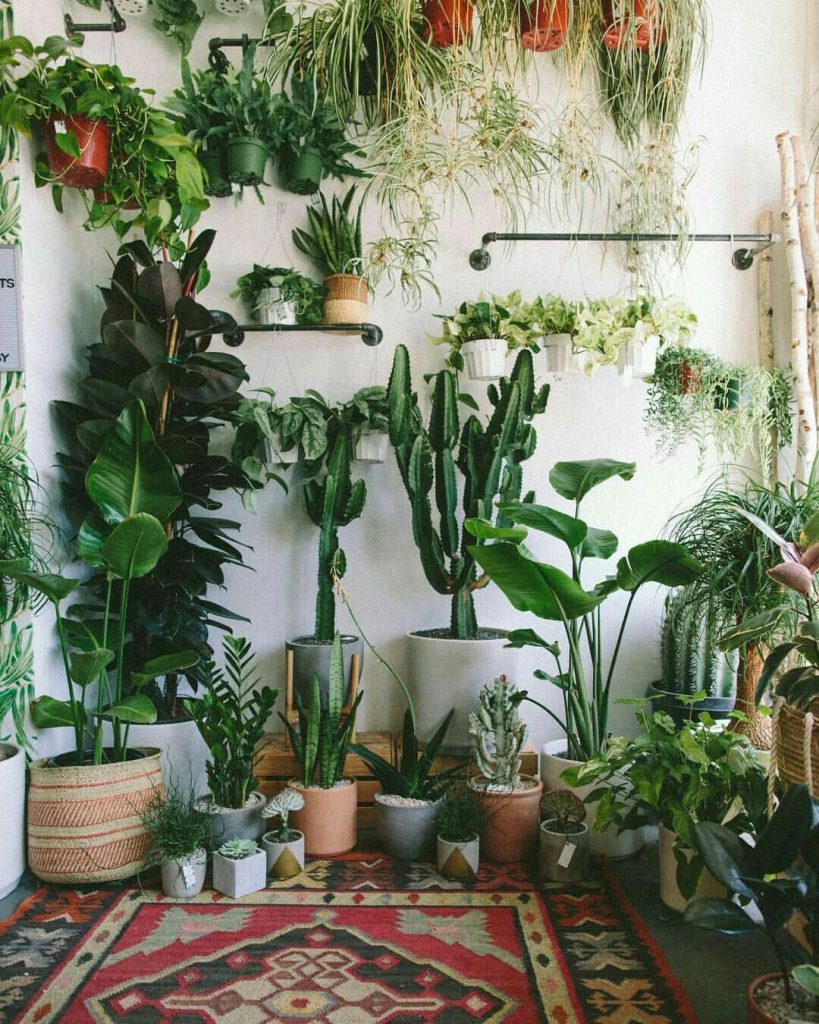
If you travel a lot or you are simply busy then you have to choose plants that are hard to kill and will do very well indoors with little to no care from you.
Your house condition also has to be put into consideration, It is recommended that you choose houseplants that can withstand your house condition. if the air around your home is dry then it’s best to choose plants that can survive dry air such as cacti and succulents.
Indoor plants that need little light will be best in homes where the light is dimmer. Some of the easiest indoor plants to care for are succulents, philodendron, pothos, snake plants, peace lily, air plants, and cast-iron plants.
2. Prepare The Soil
It is very easy for you to neglect to prepare the soil for your houseplants. It is best to go with less soil and more of an indoor potting mix that is made of peat moss and other soilless fiber like perlite or vermiculite. Plants need to eat too so give them some nutrients. Epsom salt is highly recommended.
3. Choose The Right Pots
If you are a beginner plant parent then you want to put your choice of pot for houseplants into consideration. Ceramic pots are the most popular and beneficial choice for indoor plants. Keep your plants in pots with good drainage holes and choose a pot that is between 6 and 18 inches.
4. Watering Your Houseplants
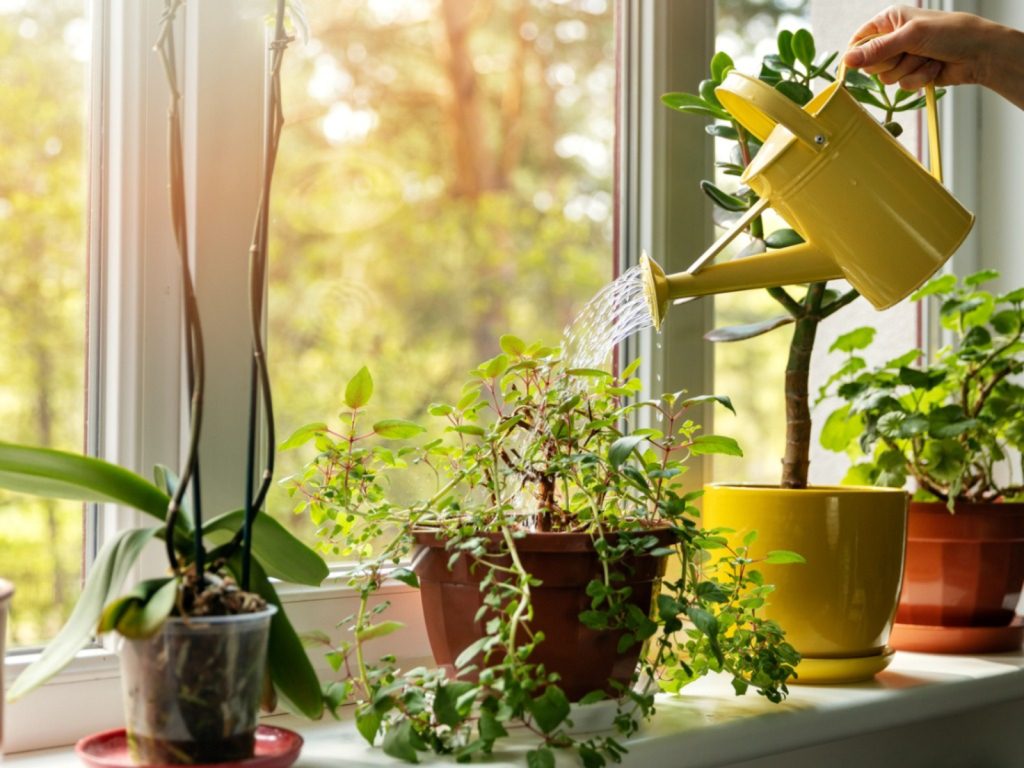
Houseplants have different watering requirements. Everything with houseplants should be in moderation, especially when watering them and since you can’t be too sure how much water they need, it is best to water only on a needed basis rather than work with a calendar schedule.
Cacti and succulents do not need much water while flowering plants do need slightly more. Generally, plants in well-drained soil should be watered when the top of the soil feels dry. You can gently put your finger up to the knuckle into the soil to see how dry the soil is.
For water lovers, water when the surface is dry and avoid over watering.
4. Fertilize Periodically
As mentioned above, your houseplants need to eat and one way to provide them nutrients is by fertilizing. There is no rule to how much fertilizer you give houseplants but the growth and age of the plant have to be put into consideration. Avoid overfertilizing them though so it doesn’t burn their roots.
Please follow fertilizer label instructions. Our recommendation below has a detailed one.
[affiliatable id=’97671′]
6. Build Your Plant Collection Slowly
You do not have to rush your plant collection. Build it slowly by starting with the low-maintenance plants. It can be challenging and time-consuming to care for a lot of plants at once. make sure your schedule allows you to care for the number of plants you have and you can work your way up slowly.
7. Understand Your Location Lightening
Sunlight is an important aspect of growing healthy houseplants. So, you have to put the lighting condition of your space into consideration, if your location gets more bright direct sunlight then you can enjoy growing succulents and cacti. Natural indirect light is best for ZZ plants and tropical low-light houseplants generally.
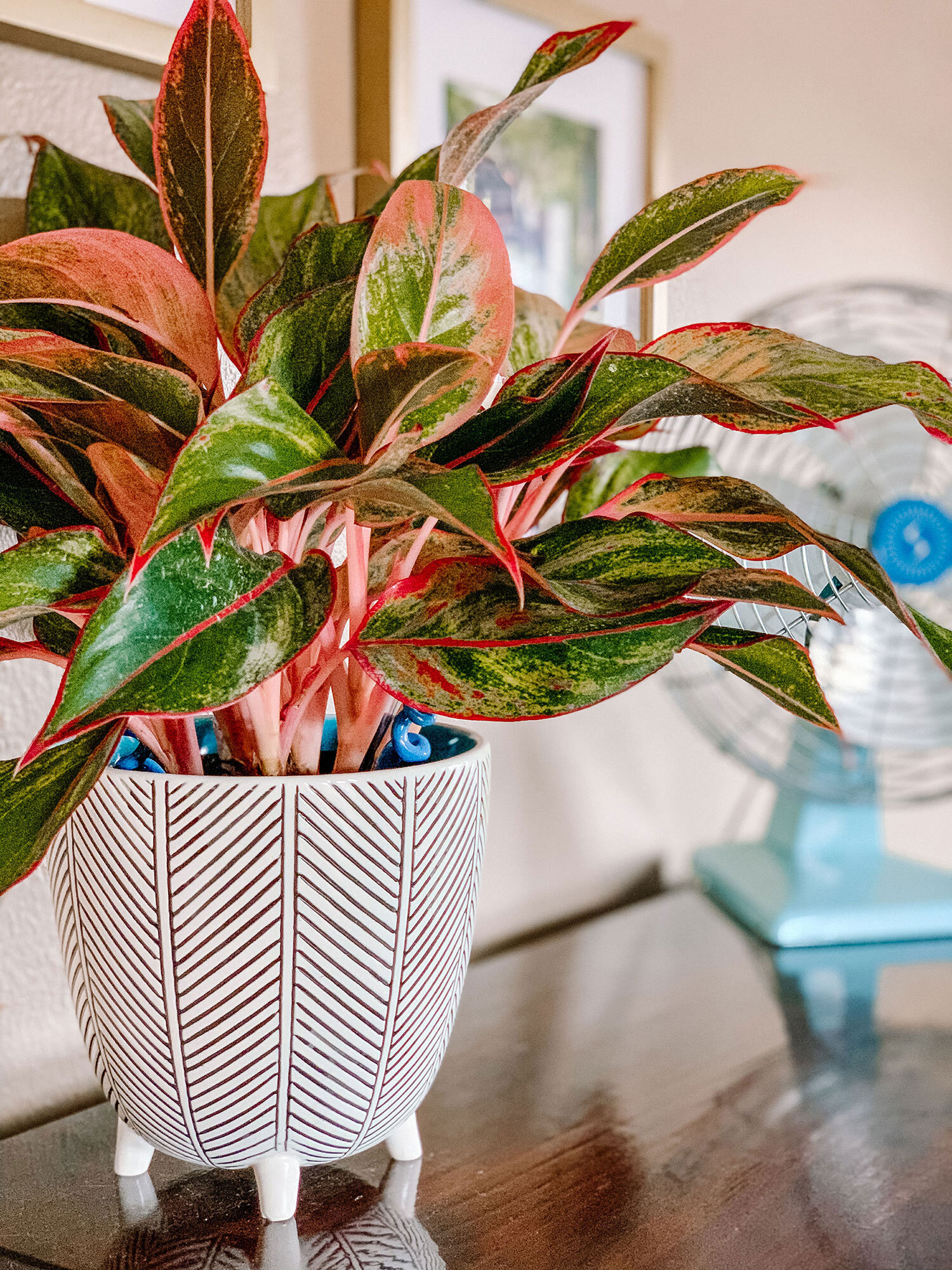
8. Provide the Right Temperature
Ensure to keep the temperature in your home warm and provide them with nice air circulation.
Most plants grow their best between temperatures of 60 and 70 degrees while some might need less or slightly higher temperatures. For indoor plants, you should keep the temperature between 70 degrees F to 80 degrees F. Minimum of 55 degrees is what every houseplant wants.
9. Don’t Underwater Them
Just as it is important that you do not overwater it so also it is vital that you do not starve it of water for too long. You can kill your houseplants by not giving them enough water too.
You have to strike a balance when it comes to watering your houseplants, under watering can stress them so the moment your plant’s leaves look droopy, you should water them.
10. Clean Dusty Leaves
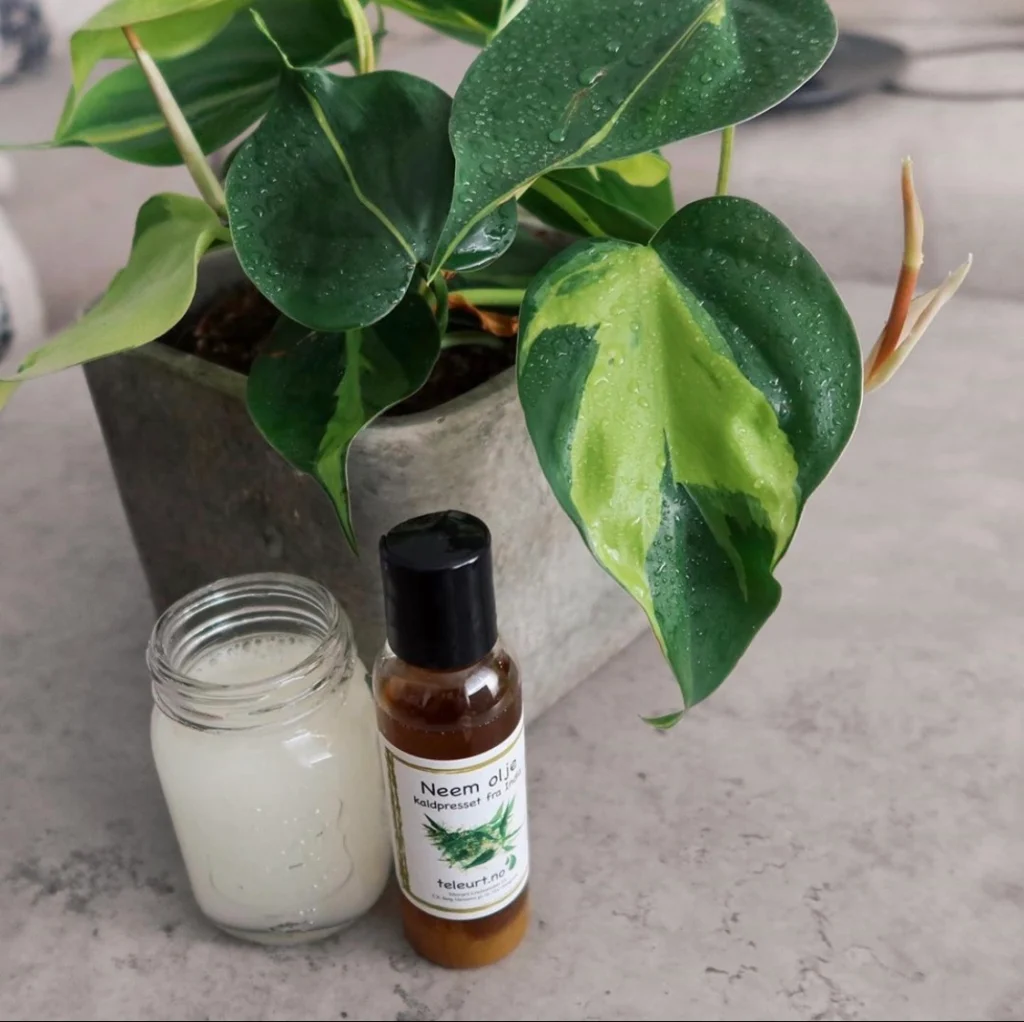
It doesn’t matter if you own an indoor or outdoor garden, you should endeavor to clean those dusty leaves when you can. You can simply dust leaves with a feather duster, dunk the plant in water and use compressed air to clean the dust off cacti and succulents.
A layer of dust on plant leaves can block sunlight and reduce the ability of the plant to photosynthesize. The clean plant is also resistant to pests and diseases.
11. Skip Misting
Misting happens to be a popular advise given to plant parents but you might want to skip that part. Regular misting is believed to increase humidity among some tropical plants but it can also make them more prone to issues like sun spots or cause fungal infections that thrive in a moist environment.
If you need to increase humidity around your plants, it is best you get a humidifier that vaporizes the water into the air.
[affiliatable id=’97664′]
12. Research Your Plants
Before you choose a plant to care for, it is highly recommended that you research your plants and luckily, Google has everything. Make sure you are aware of your plant’s basic requirements and exactly what it needs to stay healthy.
13. Get An Actual Watering Can
Using a watering can is important if you do not want to overwater or underwater your plants so it is not advised to pour water using a mason jar. A watering can with a long spout gets water into the soil easily and it is also easier to control.
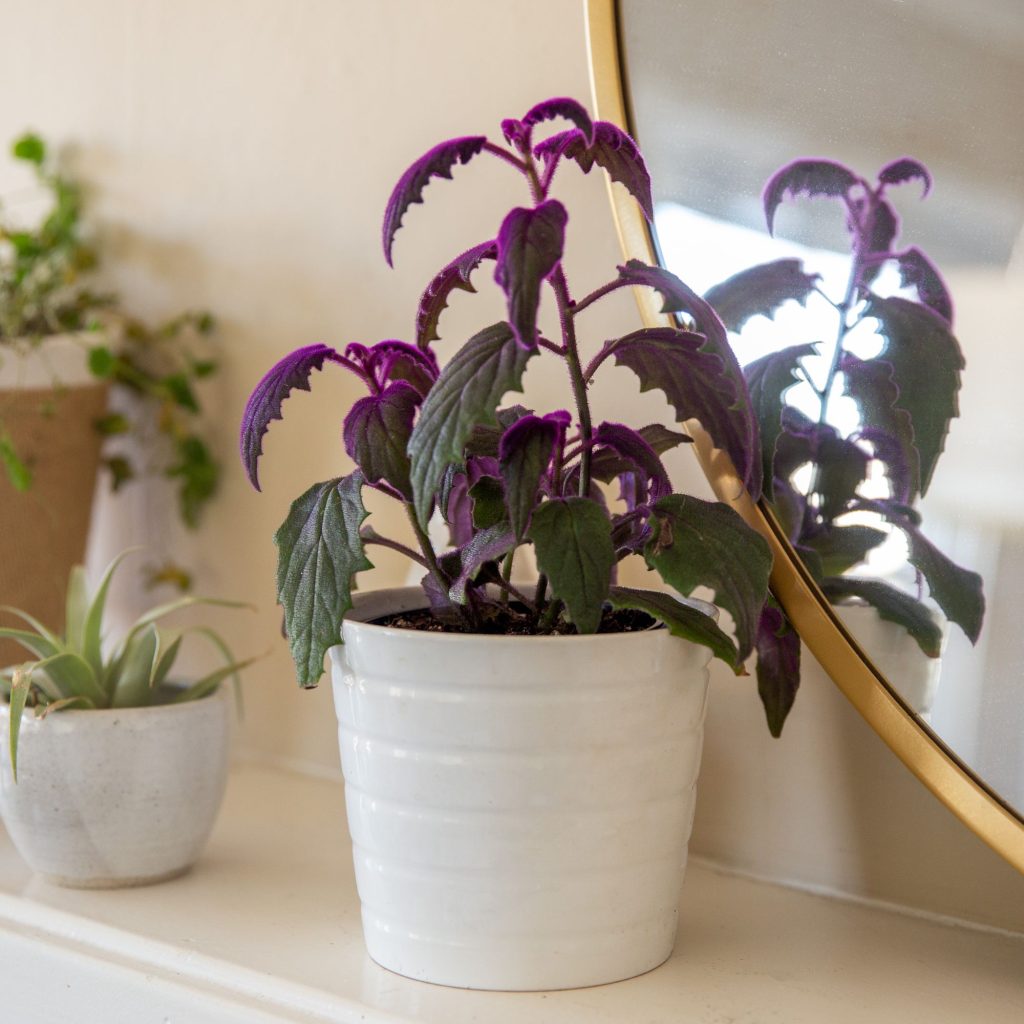
14. Cut Away Dead Of Damaged Leaves
One important tip you do not want to leave out is pruning your plants. One bad leaf can ruin the others so, use a shape scissor that is clean and sterilized to cut dead and damaged leaves at the stem. The dead parts cut off are unsightly so you can have them tossed back into the soil as compost.
15. Understand Window Orientation
You can easily kill your houseplants if it is placed in a location where it doesn’t get the right amount of sunlight. Big windows with lots of sunlight are usually the best place for houseplants but you have to first understand window orientation.
- North-facing windows should provide gentle indirect sunlight all-day
- East-facing windows give gentle direct sunlight when the sun rises in the morning and medium sunlight through the day which makes them suitable for many indoor plants
- South-facing windows give strong direct light all day long so the higher light plant will do well there
- West-facing windows will give bright direct light in the afternoon and evening so you can place plants like cacti and succulents there.
16. Group Your Plants Together
Unless you have a preferred place you want your plants to be, you should consider having them grouped. Plants look really great placed together and they can be of mutual benefit to each other as well. Grouping such as tropical plants together can raise the surrounding humidity.
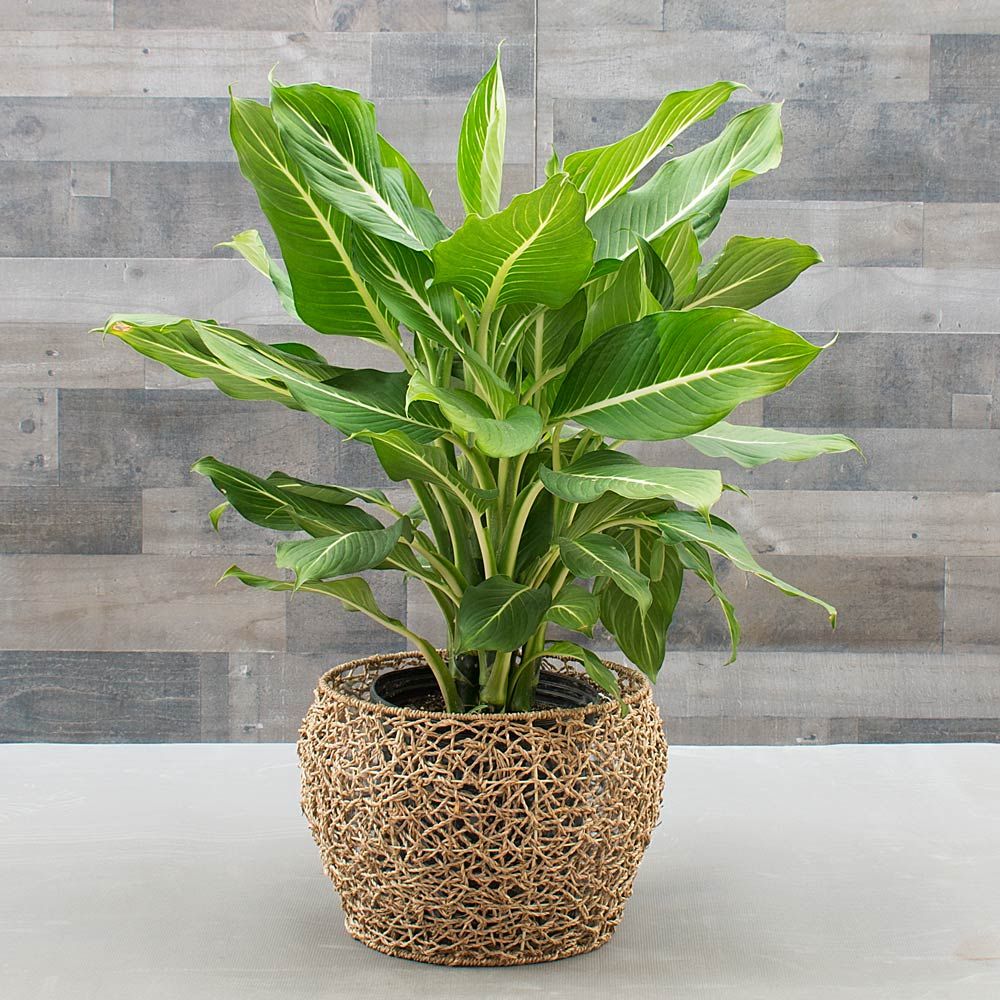
17. Make A Plan to Manage And Control Pests
The easiest way you can kill your plants is to ignore pest infestation or not try to prevent them. Even with the best care, it might be a bit hard to get rid of houseplant pests and diseases completely. You can use barriers to stop pests and keep your soil healthy as well.
Combat pests such as mealy bugs, aphids, slugs, and other icky pests with neem oil which is a natural deterrent that won’t hurt your plants. Neem oil also helps keep your leaves super shiny and clean.
18. Don’t Move Your Plants Around Too Much
Plants get used to their surroundings slowly so it might be best not to have them moved around too often. You should also not put it in a place where they can be a drastic temperature change. Moving a plant from a darker area to a place with constant bright sun suddenly will have a negative effect on the plant.
If you want to move your plant to a new location, do it slowly, starting with 1 hour a day. You can spin them around but not move them too often.
19. Don’t Buy New Plants, Propagate
Instead of buying new plants, you should make your own. It is super easy to propagate plants you already have through soil or water. This way you can ensure you have healthy plants and can start caring for brand new plants as well.
Start by using a sharp knife to cut a leaf right above the node or where the stem is attached and place it in a clear container filled with water or potting mix. You can let it sit in water for a few days till it’s rooted then it can be repotted in the soil or left in the water.
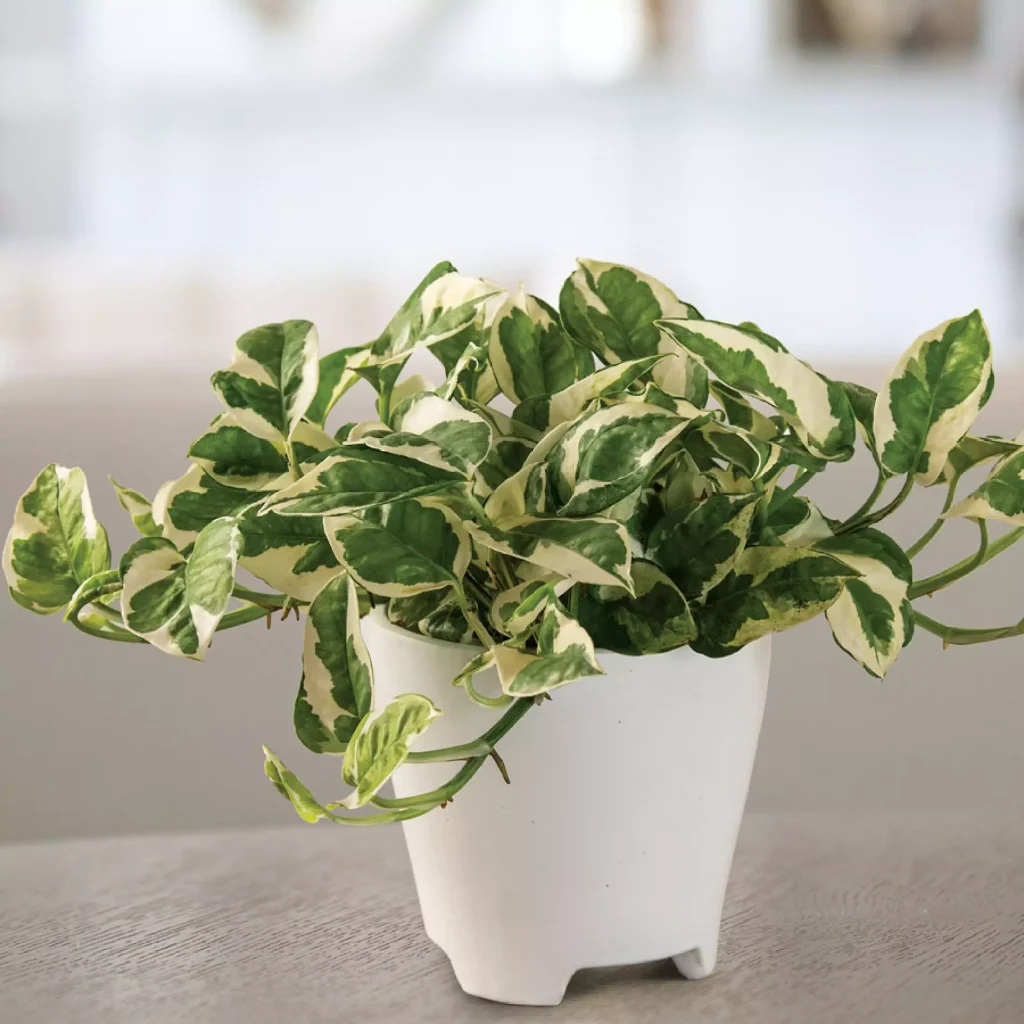
20. Know When To Let Go
Lastly, you have to know when to let go and simply take a step back. Your plants are like human beings which means you can’t control every factor so you can always start a new plant if it looks like it can’t be saved no matter what you do.
Despite your best efforts, the plant might die so you might as well stop obsessing over everything about your plants.
Realize that not all plants are long-term residents which means they can be annual plants and will die after a year. There are plants that can look attractive for a year or two before dying as well. So, give your plants space to grow while giving them the right amount of attention and care.
Wrapping Up
Growing successful houseplants is very much possible with all the tips in this article however do not estate to start a new plant when you like a particular variety as you can’t be too sure what can happen.
Certain tropicals require a certain environment to thrive and no matter what you do, if the location is not ideal, it is likely to die.
Make sure to choose easy plants that are easy to care for and shop from a reliable source as well. Before buying, check your plants out for any signs of brown tips, strange spots, yellow leaves, powdery mildew, or weak stems. These are signs of unhealthy plants and might be difficult to save.
Resources for plant parents:
- 8 Humidifiers For Houseplants | Top Options For Plant Parents
- 9 Pot Ideas For Houseplants | Top Containers For Plant Parents
- The Best Plant Misters 2022: Spray Bottles For Plant Parents
- The Best Slow Release Fertilizers For Houseplants
- Neem Oil Benefits For Houseplants: Best Options to Buy
- The Best LED Grow Lights For Indoor Plants
